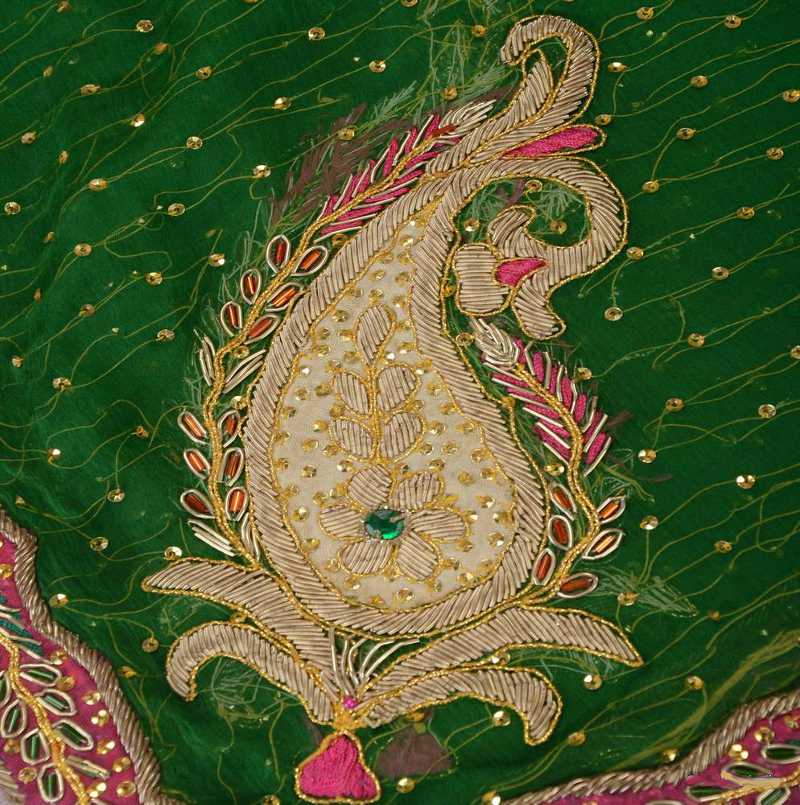===
0276,
1
===

=== |
 |
FWP:
SETS == KYA; PARALLELISM
MOTIFS == LIVER
NAMES == MOTH; NIGHTINGALE
TERMS == GROUND; INSHA'IYAH; PATTERNSRF observes that in this verse the rose has been brought into the ranks of lovers, since she too has a (literal and metaphorical) lacerated liver, and other such miseries of the life of passion. This imagery of the rose-petals as bits and pieces of the torn-up liver can't help but recall a verse in which Ghalib uses almost the same idea:
G{210,4}.